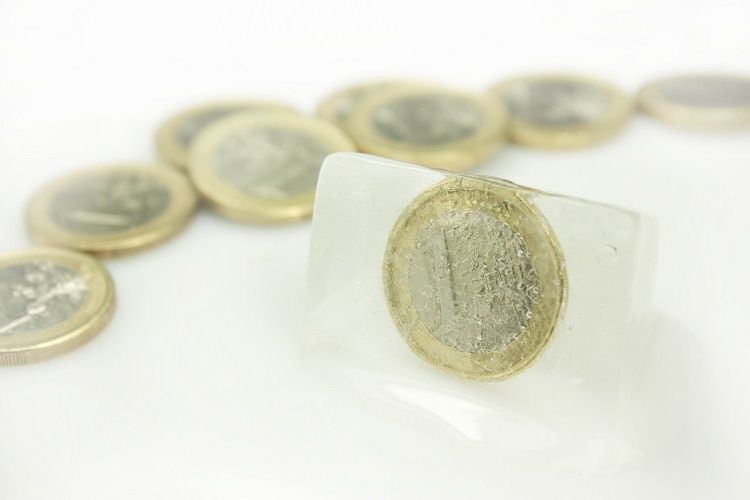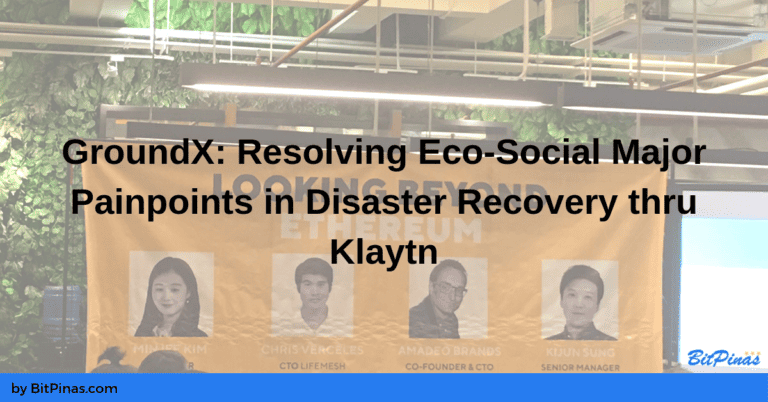Innovation on Disaster and Risk Management: A Look at SIBOL by DOST
Spear heading the effort in disaster preparedness and management on Philippine climate that are attributed to the weather, the five projects are implemented by the DOST-PAGASA.
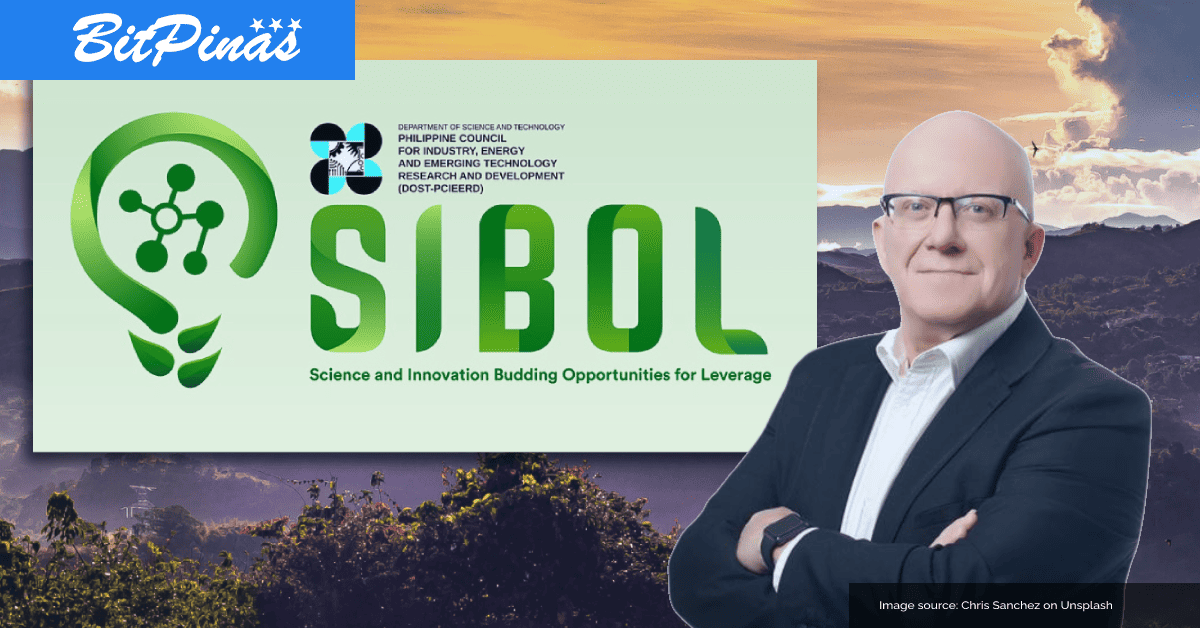
With the recent record-breaking heat wave experienced in Canada and the worst flooding in Western Europe not seen since decades, the topic of climate change is another issue that we must collectively address while we grapple with this pandemic.
In 2019, I wrote about Impact and Frontier technologies playing a key-role in the societal development and disaster preparedness in the 2020s decade. Fast forward today, not only that we are using technology to fight and regain normalcy against the pandemic, but we are using complex technological ecosystems of sensors, data gathering, analytics, visualization and scenario predictive models to mitigate the effects of climate change’s catastrophic effect to our economy and human lives.
The Philippines, as a tropical country, have seen its share of storms and typhoons, and yet, the intensity of these naturally occurring phenomena and its increasing toll on human lives, livelihood and the economy cannot be set aside despite the ongoing pandemic. In addressing climate change with technology, The Department of Science and Technology-Philippine Council for Industry, Energy and Emerging Technology Research and Development (DOST-PCIEERD) unveiled on Thursday, July 15, the 12 new “game-changing” technological innovations that seek to help boost the country’s disaster risk reduction and climate change adaptation efforts.
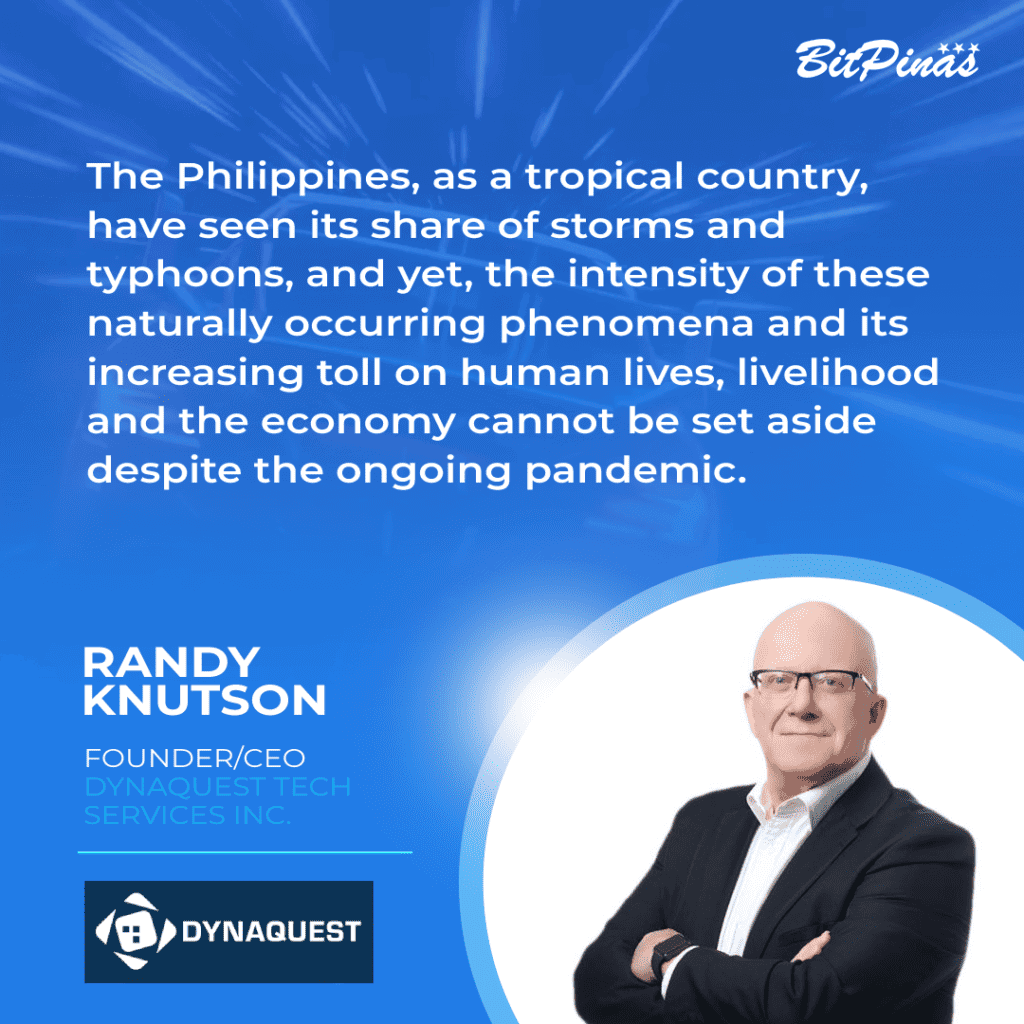
The 12 disaster mitigation technologies were presented during the “Science and Innovation Budding Opportunities for Leverage (SIBOL) 2021” on Thursday at the said webinar.
Spear heading the effort in disaster preparedness and management on Philippine climate that are attributed to the weather, the five projects are implemented by the DOST-Philippine Atmospheric, Geophysical, and Astronomical Services Administration (PAGASA). These projects are:
- Development of Prediction and Warning System on Sub-Seasonal Scale of Extreme Events Associated with Monsoon in the Philippines (MonsoonPH)
- Development of high-resolution observation-based gridded sub-daily climate data for the Philippines (ClimGridPH)
- Enhancement of Typhoon and Tropical Cyclone (TC)-Related Monsoon Surge Monitoring and Forecasting, and Wave Observation and Modeling
- RADAR and Disdrometer Data Application and High-Resolution QPF for Complex Terrain
- Sub-seasonal to seasonal (S2S) prediction of climate extremes
The above projects are dedicated to bolstering the disaster preparedness of the country against the stormy season which brings torrential monsoon rain, typhoons and hurricanes. It aims to improve the monitoring, assessment, coordination and actions in place by the local government in events such as hurricanes. The project will also focus on improving the efforts against the rising sea levels that are encroaching nearer and nearer in the country’s coastal regions.
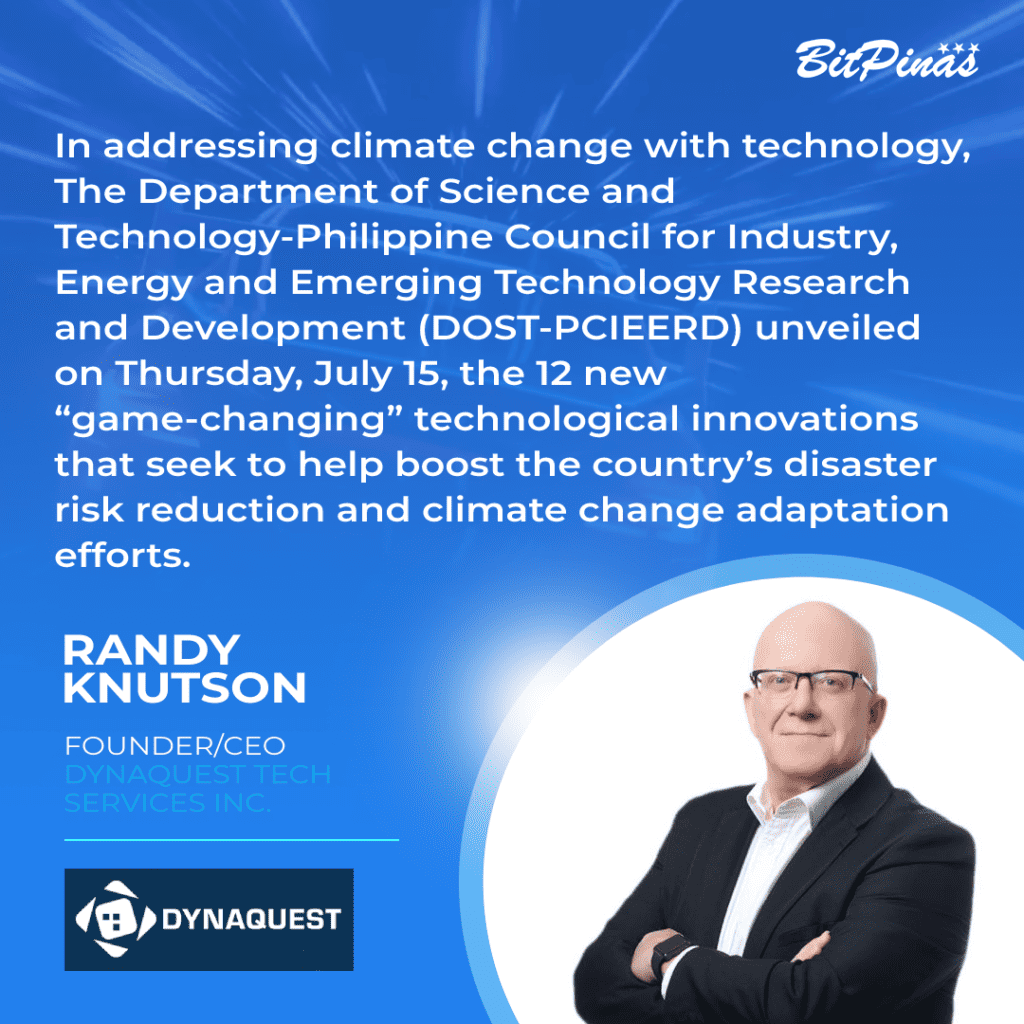
The University of the Philippines – National Institute of Geological Sciences (UP-NIGS) also served as key implementing arm of the issued DOST-PCIEERD funded projects on Disaster Risk Reduction (DDR) application sector, these projects include disaster preparedness on possible earthquakes attributed to the west valley fault line and the Philippine tectonic plate:
- Marine and onshore geophysical investigations of the Manila subduction zone, Evolution of the Luzon Arc: From igneous to sedimentary processes, Tectonic consequences of subduction in Northern Luzon
- These include: Marine and onshore geophysical investigations of the Manila subduction zone, Evolution of the Luzon Arc: From igneous to sedimentary processes, Tectonic consequences of subduction in Northern Luzon
The Department of Environment and Natural Resource-Mines and Geosciences Bureau (DENR-MGB) will be implementing two projects:
- Influence of surface and subsurface processes in karst degradation and its impacts on sustainable tourism and Integrated Characterization, Quantitative Assessment, and Statistical Modelling for geologic hazards in Karst landscapes in the Philippines
- Input to Management Plans for sustainable tourism— are implemented by
The two other projects that were named were the following:
- Landslide Investigations for Geohazards Preparedness and Timely Advisories in the Philippines (LIGTAS) with the University of the Philippines Los Baños – College of Forestry and Natural Resources as its implementing arm
- Unmanned Aerial System (UAS) with Passively Rotating Spherical Shell for Close-proximity Inspection of Infrastructure which is spearheaded by Mindanao State University – Iligan Institute of Technology
The first project focuses on the deadly effect of landslides against settlers in the provincial, rural and mountainous regions in the Philippines. The second project utilizes unmanned apparatus such as drones and robotics to inspect the integrity of existing infrastructures such as buildings, bridges and others.
Over the years, it can be noted that the DOST has consistently allocated funding that is dedicated to disaster risk reduction and climate change, amounting to almost PHP5 billion for over 226 projects.
The innovative projects unveiled at the Science and Innovation Budding Opportunities for Leverage (SIBOL) is a significant step in improving the country’s response to the volatile effect of climate change. In addressing these phenomena, the scientific method ensues ongoing observation, measurement, rational insights guided by data and to present these data for the regional and national government to make informed decisions that will affect policy-making for the years to come.
This article is published on BitPinas: Innovation on Disaster and Risk Management: A Look at SIBOL by DOST
